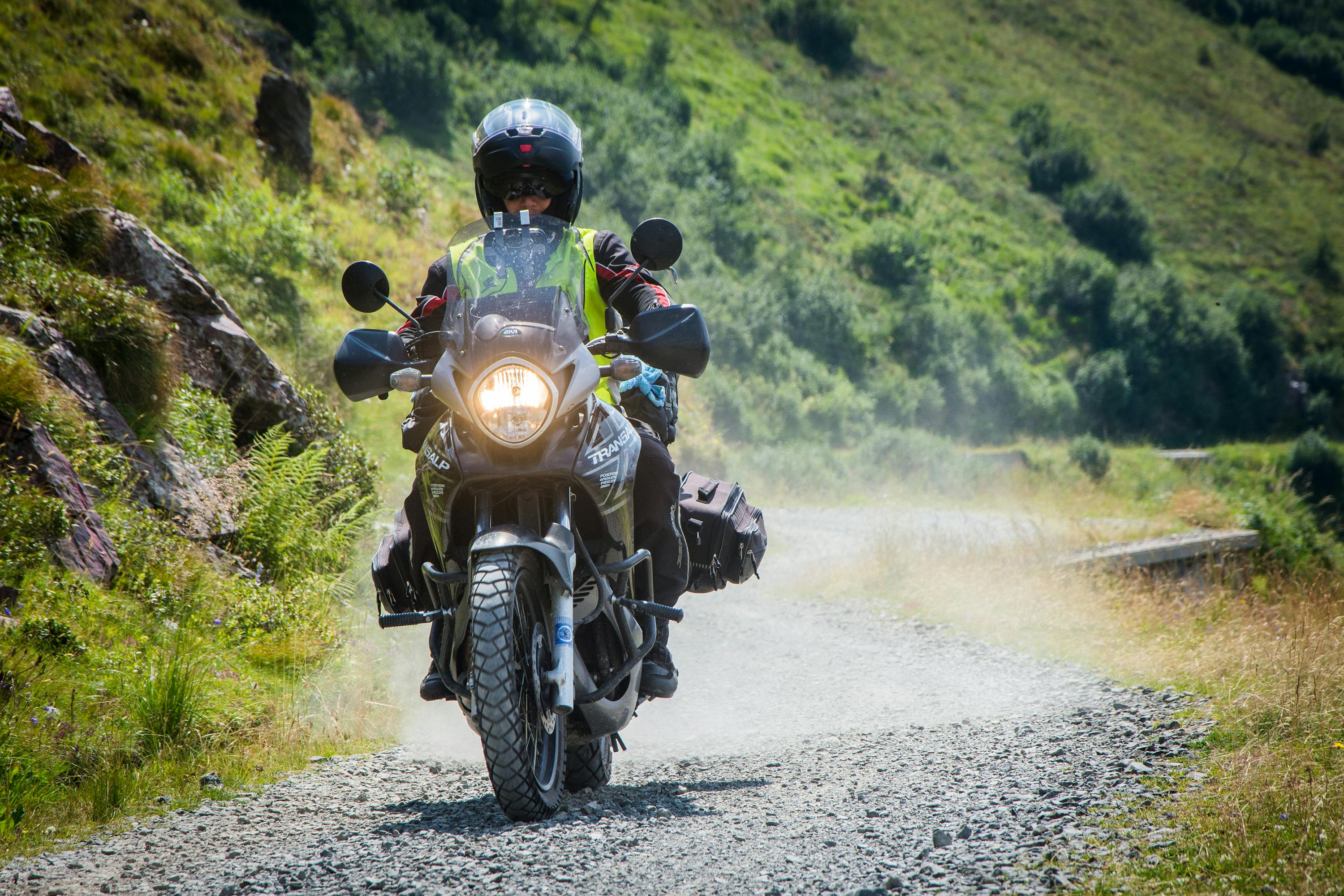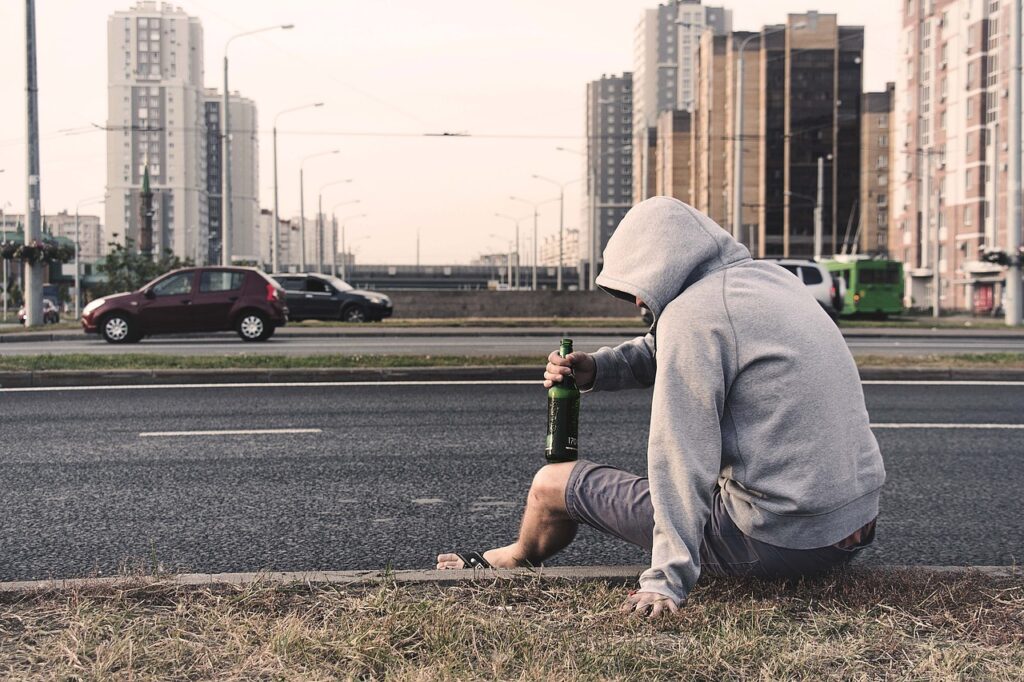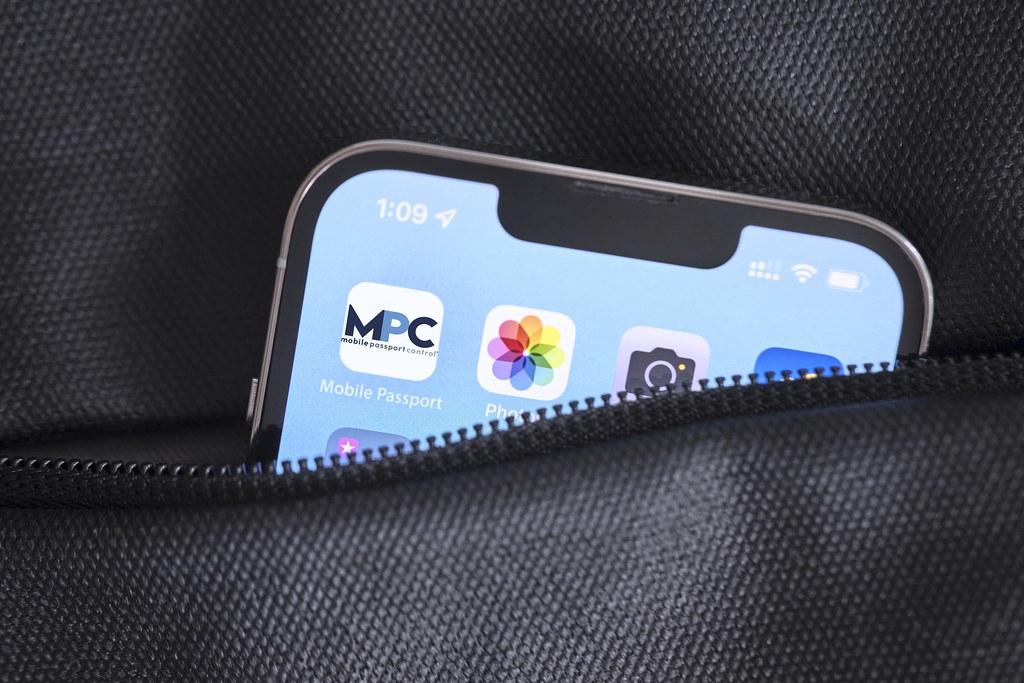
Riding a motorcycle is an exhilarating experience, but it also presents unique challenges and risks that every rider should be aware of. Unfortunately, motorcycle riders are significantly overrepresented in fatal traffic crashes; in 2022, the National Highway Traffic Safety Administration (NHTSA) reported that a staggering 6,218 motorcyclists lost their lives, constituting 15% of all traffic fatalities, marking the highest number since at least 1975. To ensure the safety of motorcyclists and other road users alike, it’s imperative to share the road responsibly, stay vigilant, and prioritize safety through awareness and preparation.

1. **Select the Right Bike**: Picking the perfect motorcycle is a key step for any rider. Make sure to choose a bike that is appropriately sized for your height and weight, and whose engine capabilities match your skill level. Opting for motorcycles with safety features like electronic tire pressure monitoring, anti-lock braking systems, and traction control can significantly enhance your safety on the road.

2. **Know Your Bike**: Familiarize yourself with your motorcycle’s condition and idiosyncrasies. Every motorcycle has its unique feel, so take the time to understand how it rides, especially if you’ve recently purchased it. Practicing in a controlled area can help you learn the controls and how to handle turns, ensuring you’re not caught off guard when you’re out in traffic.
3. **Check the Weather**: Weather conditions can greatly affect your safety while riding. Before heading out, check the forecast. Rain, snow, or icy roads can lead to reduced traction and visibility, which can increase the chances of an accident. If conditions are adverse, consider postponing your ride.

4. **Don’t Forget the Pre-ride Inspection**: A thorough pre-ride inspection can prevent breakdowns and accidents. Before each ride, examine your motorcycle to ensure everything is in working order. Check tire pressure, brakes, lights, and fluid levels. If something seems off, either fix it or delay your outing until it’s resolved.

5. **Ride Defensively**: Always anticipate that other drivers may not see you or may act erratically. Implement the Search, Evaluate, Execute strategy by scanning for potential hazards, assessing risks, and taking preemptive actions to avoid dangerous situations. This proactive approach can significantly enhance your safety on the road.

6. **Make Yourself Visible**: Ensuring your visibility is crucial to motorcycle safety. Take proactive measures to make sure other drivers can easily see you, such as wearing reflective gear, keeping your headlight functional, and using your brake light when slowing down. The more visible you are, the less likely you are to get into an accident.

7. **Wear a Full-Face Helmet**: Your helmet is your most crucial safety gear. Always wear a full-face helmet that meets the U.S. Department of Transportation (DOT) standards. This type of helmet provides comprehensive protection, covering your head, face, and jaw, which is vital in the event of a crash.

8. **Know Your Escape Routes**: Always be aware of possible escape routes in case another driver makes a dangerous move. Familiarize yourself with the areas around you so you can react quickly if needed, which could potentially save your life in a threatening situation.

9. **Dress for Safety**: Embrace the philosophy of ATGATT (All the Gear, All the Time). Ensure you wear the proper protective equipment every time you ride. This includes a sturdy helmet, leather gear, ankle-high boots, and gloves. Protective clothing can help minimize injuries in the event of an accident.

10. **Corner within Your Skill Limits**: When navigating turns, keep your speed and cornering technique within your abilities. Oversteering or braking aggressively while cornering can lead to loss of control and accidents. Practice your cornering skills to ensure you can handle turns safely.

11. **Stay Alert with Your Head on a Swivel**: Constant awareness of your surroundings can help you avoid potential hazards. Keep an eye on other vehicles, pedestrians, and cyclists. By being vigilant, you can react to unexpected changes in traffic more effectively, increasing your chances of avoiding accidents.

12. **Position Yourself Wisely in Traffic**: In slowing traffic, keep your motorcycle to the left or right of the vehicle in front of you. This position can create an escape route if necessary and protect you from being caught in a rear-end collision.

13. **Use Larger Vehicles as Shields**: In intersections, if a large vehicle is turning, consider using it as a shield. It may absorb the impact of a negligent driver who runs a red light, potentially protecting you from direct harm.

14. **Watch the Wheels, Not Just the Cars**: Instead of merely focusing on a vehicle’s body, pay close attention to its wheels for movement. This can offer you early insights into the driver’s intended actions, allowing you to react more swiftly and effectively.

15. **Practice Evasive Maneuvers**: Being prepared for emergencies is essential for every biker. Regularly practicing evasive maneuvers like emergency stops and swerves can make a significant difference. Familiarizing yourself with these techniques will help you respond more adeptly in a crisis, keeping you in control of your motorcycle.

16. **Be Wary of Metal Objects**: When riding, be cautious of surfaces such as railroad tracks, sewer grates, and potholes—they can be especially hazardous. Metal surfaces can become slippery when wet, increasing the risk of skidding. Always cross railroad tracks at a 90-degree angle to minimize the chance of losing control.

17. **Never Change Gears in a Curve**: It’s best to shift gears before entering a turn to maintain optimal control of your motorcycle. If you must change gears mid-curve, do so smoothly while matching the engine speed. A sudden change in power can lead to skidding, which is dangerous and can easily result in losing control.

18. **Manage Your Speed to Manage Risk**: Effective speed management is a fundamental element of safe riding. When you notice a potential hazard, reducing your speed can give you more time to react appropriately. Always maintain a safe distance that allows for adequate stopping space, enabling you to navigate unexpected situations with greater ease.

19. **Ride at 70% of Your Skill Level**: A wise safety strategy is to evaluate your skills and make it a habit to ride at about 70% of your ability. This leaves room for unforeseen events, giving you a buffer to respond more effectively. Riding at a manageable skill level not only keeps your reflexes sharp but also minimizes your risk of accidents.

20. **Avoid Positioning Yourself Between a Vehicle and an Exit**: Drivers often make quick, impulsive maneuvers to reach an exit, which can be extremely hazardous for motorcyclists. To reduce this risk, always give vehicles ample room and avoid positioning yourself directly between a vehicle and its exit. This simple precaution helps decrease the likelihood of being caught in a sudden, reckless maneuver from another driver.

By adhering to these practical tips, you can greatly enhance your motorcycle riding experience. Each piece of advice is designed to contribute to a comprehensive approach to motorcycle safety, lowering the chances of accidents while promoting a culture of responsible riding. Remember that safety is a shared responsibility that relies not just on motorcyclists but also on the awareness and cooperation of all road users. As you prepare for your next exhilarating ride, keep these essential tips in mind. Safe riding is about being proactive, prepared, and aware, enabling you to enjoy the thrill of motorcycling while ensuring your own safety and that of others on the road. Let these guidelines steer you on your journey, allowing you to ride with confidence and caution!
Related posts:
25 Motorcycle Safety Tips
If You Ride A Motorcycle
5 Top Safety Tips for Drivers and Motorcycle Riders





